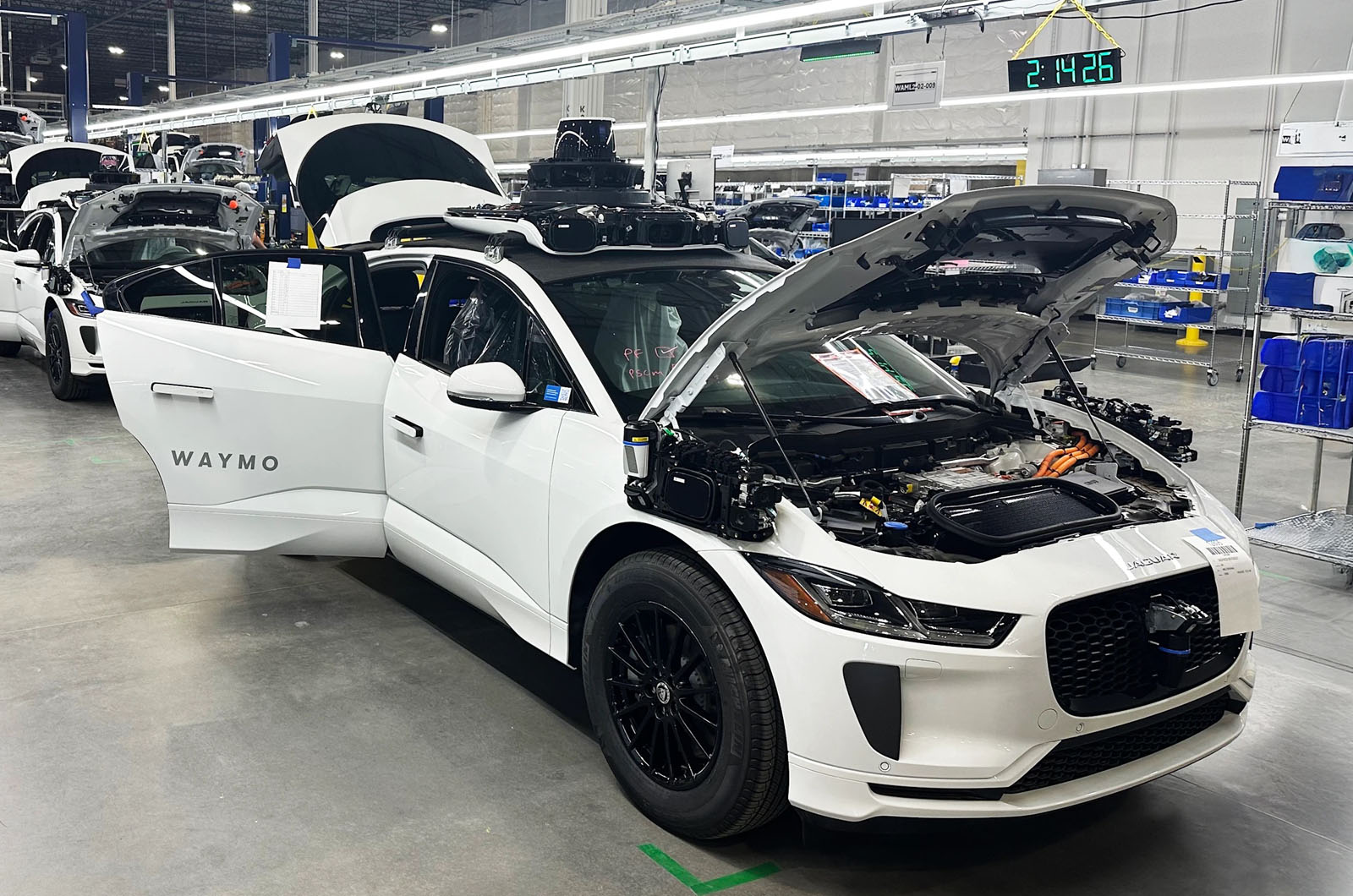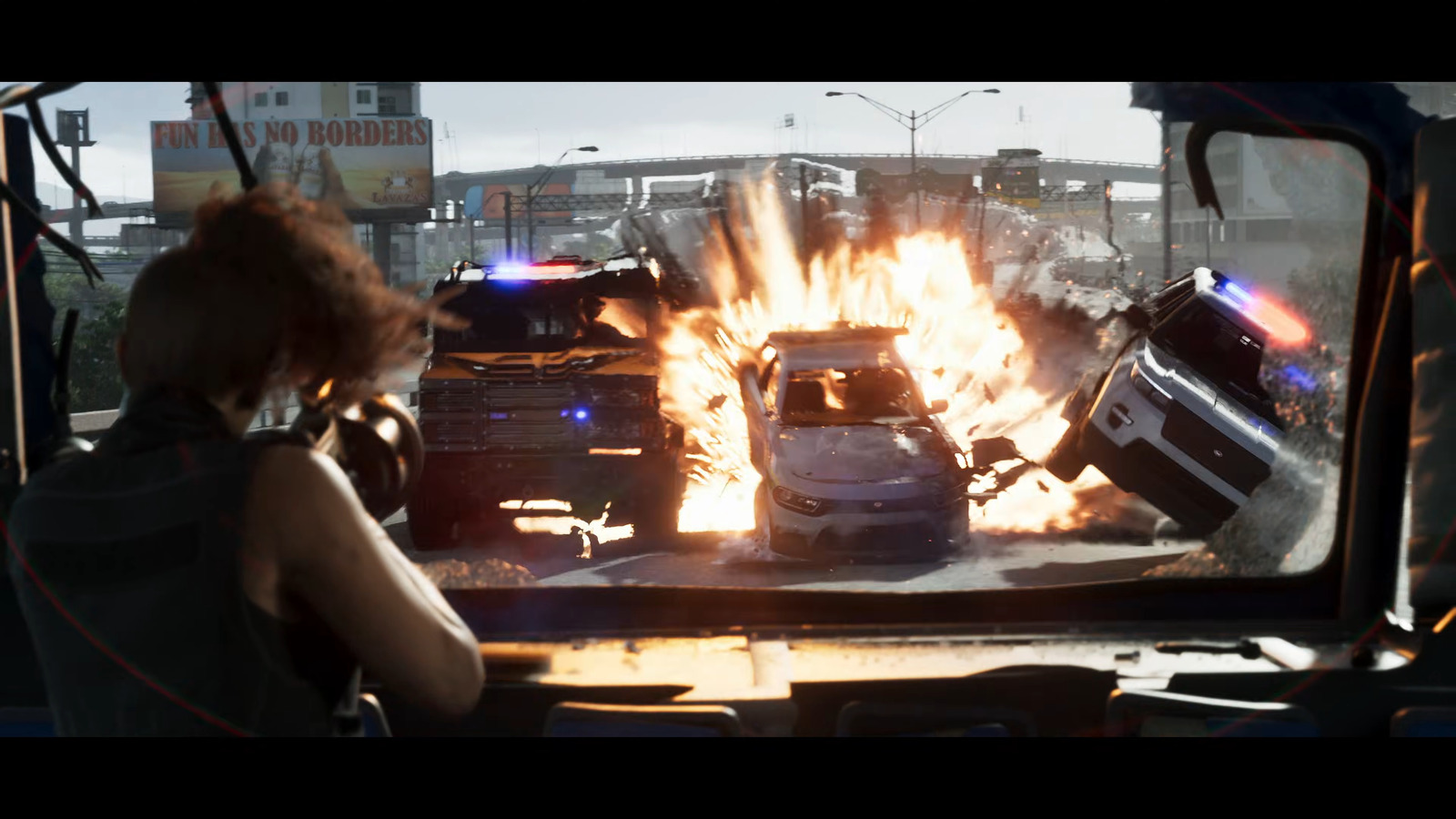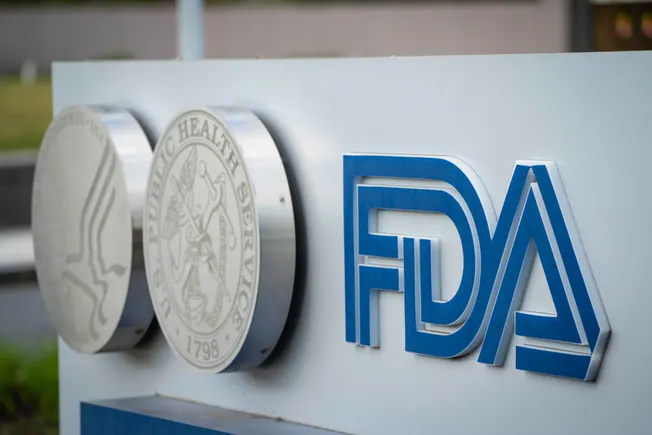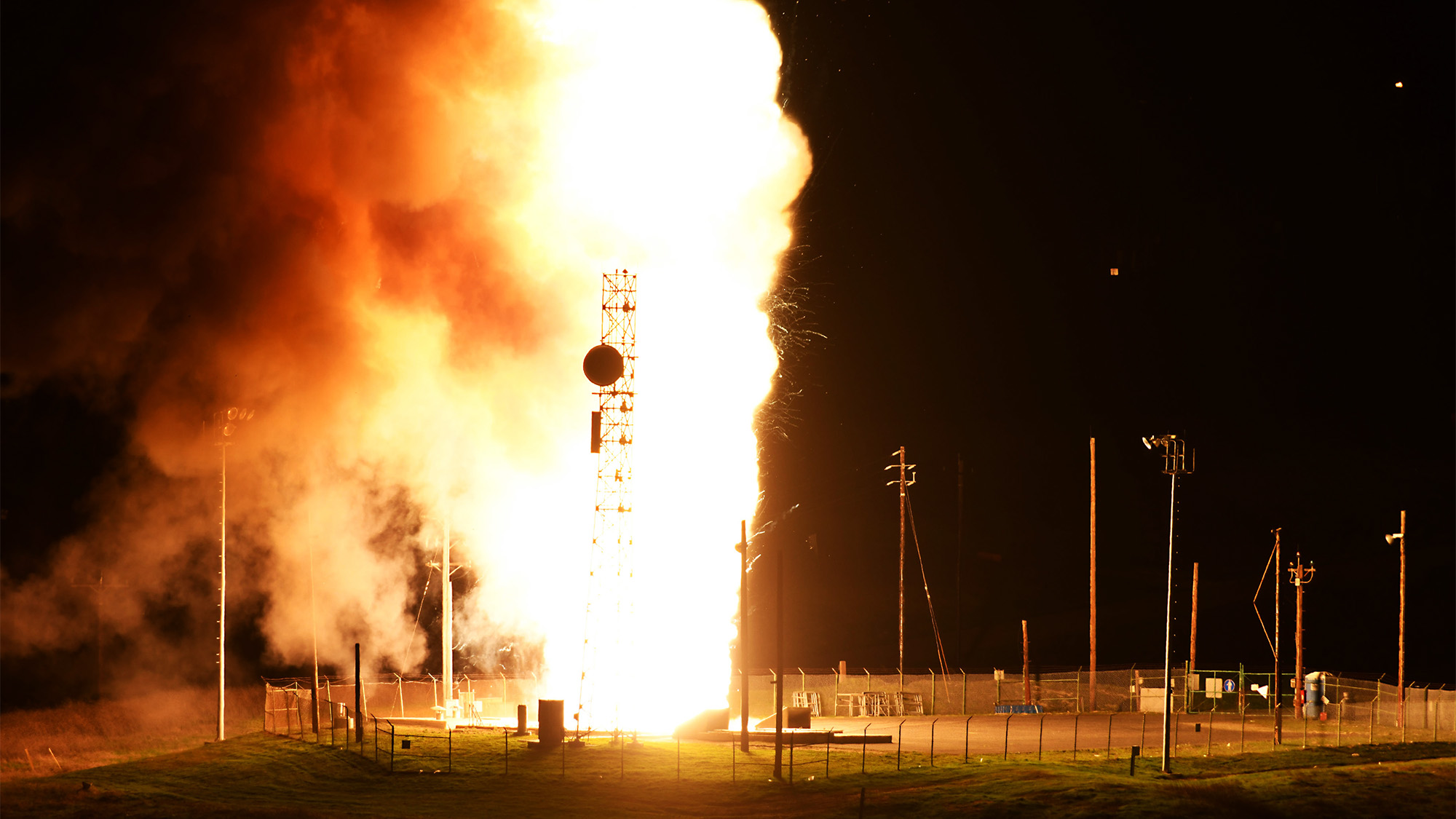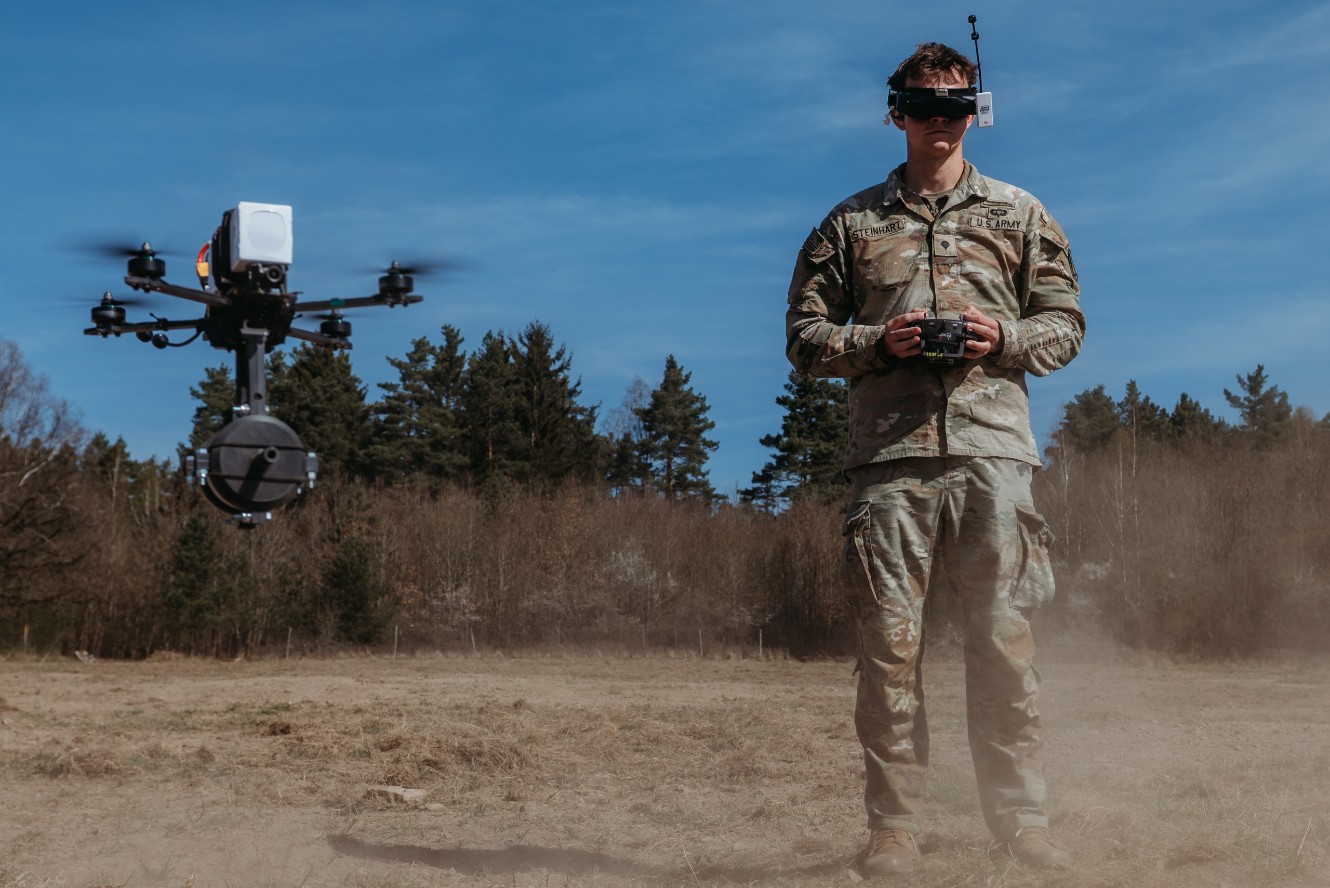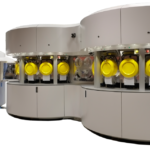STAT+: Few drugmakers embrace a newer test for contamination, placing horseshoe crabs at risk
The pharmaceutical industry has long relied on a test that uses a protein called LAL taken from the blood of American horseshoe crabs.

Most large drugmakers are still using a decades-old test — derived from horseshoe crabs — as a go-to tool for detecting contamination in medicines and vaccines, rather than switching to a cheaper and equally effective alternative, according to a survey by environmental groups.
At issue are endotoxin tests, which are used to detect bacterial contamination in intravenous drugs and vaccines. The pharmaceutical industry has long relied on a test that uses a protein called LAL taken from the blood of American horseshoe crabs, but this is controversial because the crabs are increasingly vulnerable. Activists say more than 1.1 million are bled annually for pharmaceutical purposes.
Environmental groups have pushed drugmakers to adopt a synthetic alternative known as recombinant factor, or rFC, because the test is believed to be less expensive, more efficient and, generally, more accurate than the older LAL test. But companies that use the newer test have previously complained about added work to validate results before submitting marketing applications to the Food and Drug Administration.


















